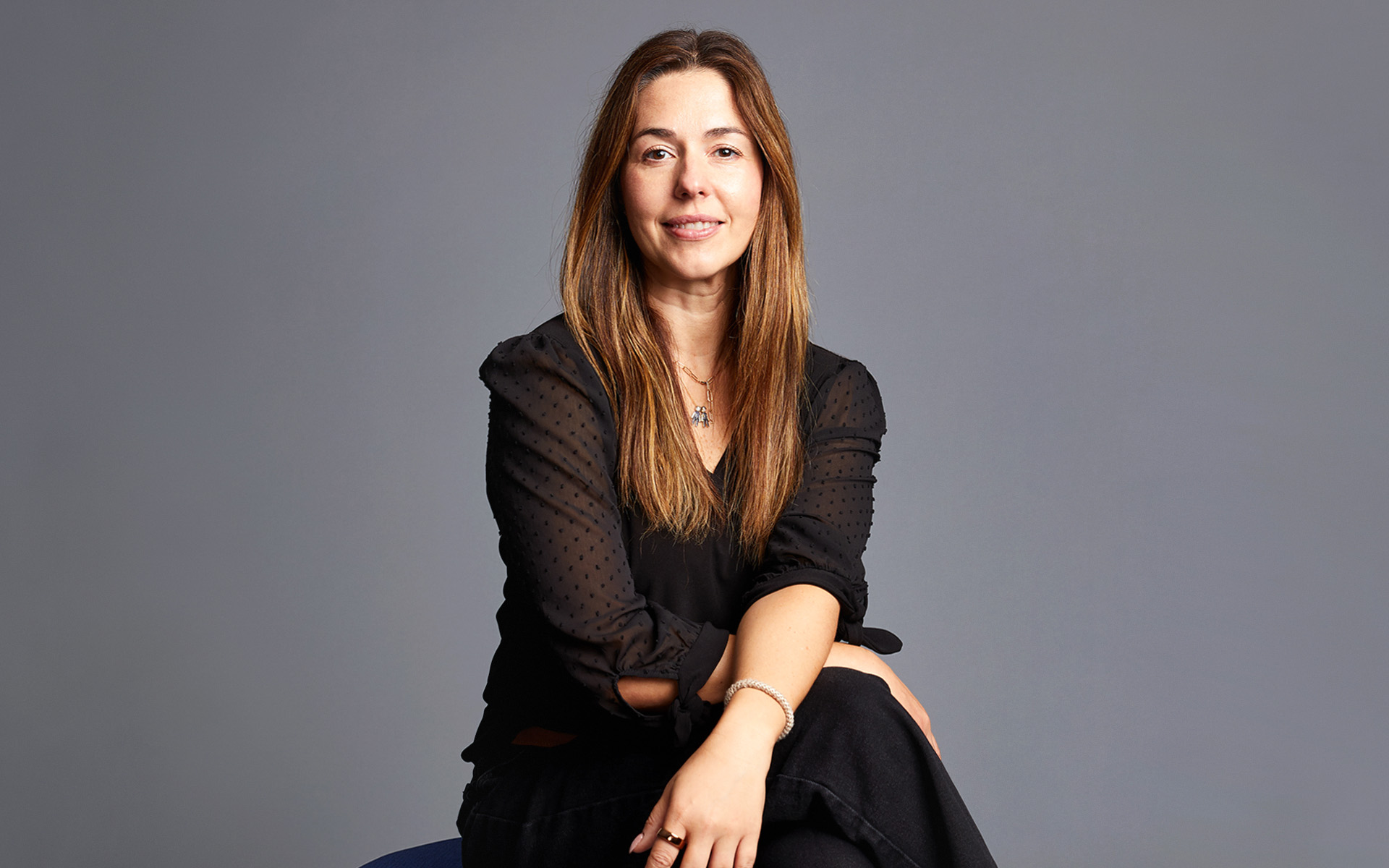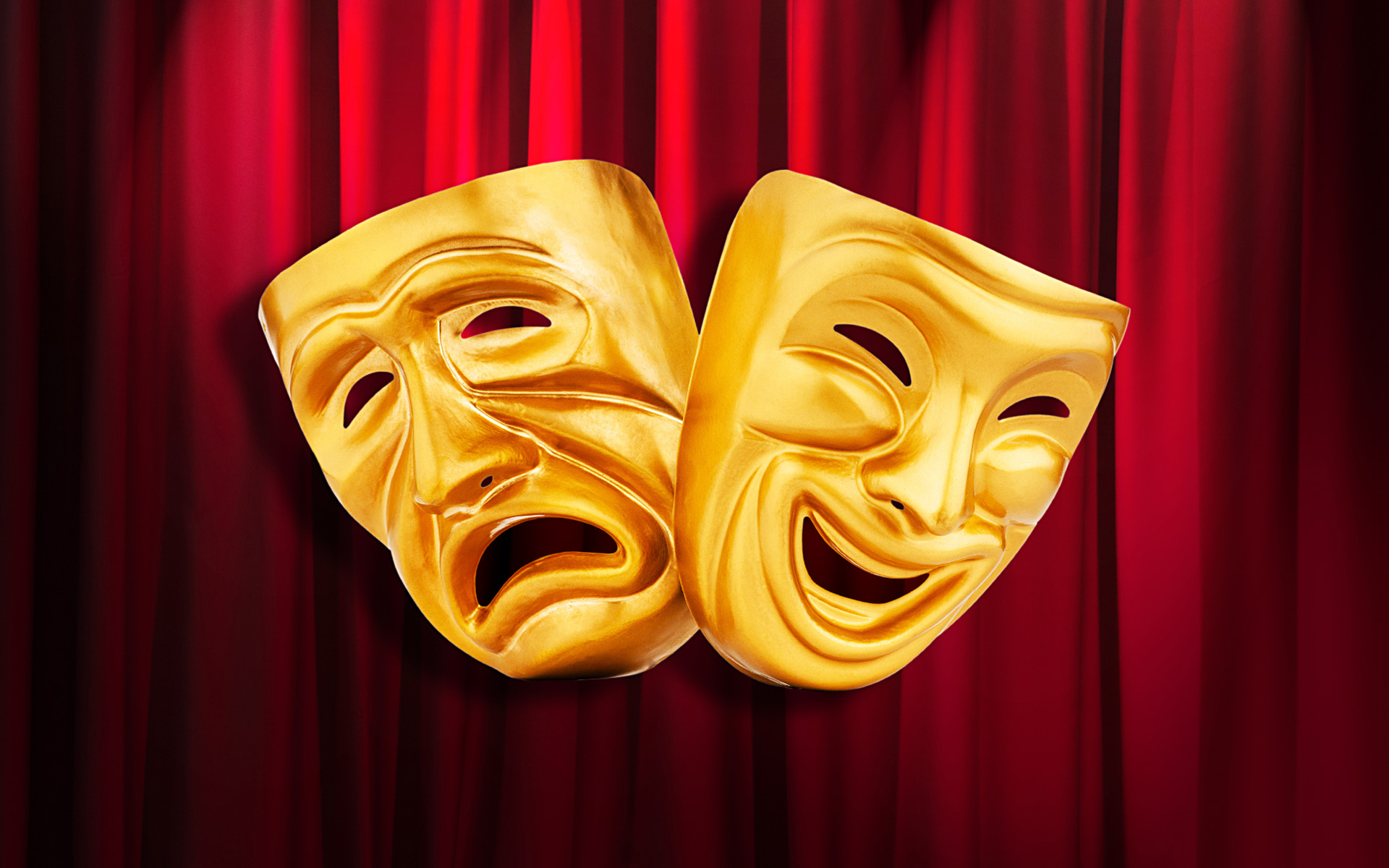The following information on musical theater is excerpted from the Berklee Online course Script Analysis for Theater, written by David Valdes, and currently enrolling.
Theater has always been based on crafting stories and images meant to yield emotional experiences for an audience, whether to enlighten, educate, persuade, or entertain. It is a live mirror on society that each viewer holds singly. Your experience as a human informs your experience of a play in text or onstage. In that regard, it resembles all other literature: there is no subjectively “right” way to feel about what you read and see.
But there is one way in which theater is the most distinct of literary genres: its full expression depends on more than its creator. Whereas fiction or poetry are complete works of art by the time they reach the reader, the finished text of a play is only half the product of theater. Theater is crafted specifically with the notion of performance for a live audience. A great play on the page is literature; a great play on the stage is theater.
This changes the equation from other genres in two ways: it’s never the same play twice and it inherently requires community.
Musical Theater and Community
Though I prefer to think of plays in artistic terms instead of corporate ones, if literature is a product and the audience is the consumer, theater is the only product which is changed every time it reaches consumers (often by the consumers themselves). The size and make-up of the audience, the conditions of the performance, the skill of those involved in the production—all of these factors will shape how the play lands, night after night. One night an audience might be vocal in their enjoyment of the show; the next night, the same cast and crew might face the proverbial crickets. The staging of A Raisin in the Sun at your high school might make you cry, while the regional theater production makes you sleepy. Because theater is the only live genre, this will always be true.
While this means not having control over the end product that a novelist might, it also highlights the second difference, one not definitive of other mediums: the making of theater necessarily fosters community. This has always been true.
Historical and Global Context
The earliest forms of drama in Africa were performances at festivals, often masked and incorporating dance, that brought the audiences stories of spirits and ancestors they already knew. In parts of western Africa, whole villages would take part, blurring the line between performer and player. Hunting parties would reenact their kills, with spectators providing the rhythm and music. Similar dramatic rituals were common across the ancient Inca, Mayan, and Aztec worlds in the Americas.
What is also as old as theatrical expression is the incorporation of music into the proceedings. Dig into the history of most cultures and you will find that the use of music and instruments for pageantry is nearly as old as the culture itself. Classical Indian musical theater dates to at least 400 BCE, with Chinese opera taking off in the third century. Around that same time, in the Mayan classic period, feast days were celebrated with elaborate musical pageants dramatizing the reign of the current rulers, with performers often wearing headdresses that would put the costume designers of Gypsy to shame.
Across Africa, performances depicting scenes of village life and honoring milestones (like initiations or returning from a hunt) have incorporated body decorations, props, music, pantomime, and dance for centuries, possibly even longer. In North America, Native American and First Nations storytellers have always used drumming and chanting to share history, repeat mythology, and celebrate cultural events.
Over time, certain patterns emerged in European theater. The zarzuela in Spain, with alternating scenes of song and drama, emerged in the 1650s. Mixing operatic tradition with popular music of the day, zarzuelas featured solos, duets, and chorus numbers, and incorporated dance. Zarzuelas spread beyond Europe to South America and beyond, with Cuba and the Philippines eventually adapting their own versions. You can easily spot the genetic code of zarzuelas in Broadway musicals even now.
The rise of musical theater in the US showed other influences as well: operetta (in the use of songs to carry the narrative), vaudeville (in the humor), and burlesque (with its costuming and spectacle). More controversially, early musical theater also borrowed racist practices of minstrel shows, from blackface to stereotyping of characters. (The former disappeared eventually, but the latter often remains.)
Today, musical theater is as diverse as it is global. Japan loves anime-based shows (like Sera Myu, 30-plus musicals based on the Japanese manga series Sailor Moon) and Brazil favors a local spin, as in its Lion King, which replaces the English songs of Elton John with Brazilian music composed by Gilberto Gil. Musicals have found life in film (especially in India, where Bollywood films are huge) and on TV, with the rise of one-night-only live broadcasts of popular shows.
Types of Musicals
There are four main genres of musicals common today:

Book Musicals
Book musicals are those musicals which contain a traditional story structure, in which the songs are interwoven with scenes of recurring characters (with “book” referring to the non-sung text). The book is the script, including dialogue and stage directions; when you add the lyrics, this is called the libretto. The score is the music. Shows like The Color Purple and Flower Drum Song are examples of book musicals.
Cabaret-Style Musicals
Cabaret-style musical theater is typically less plot-oriented and based on a collage or pastiche of songs related to each other thematically or stylistically. The long-running Forbidden Broadway series is cabaret-style, as are song cycles like Songs for a New World. (Amusingly, Cabaret, despite its title, is not.)

Sung-Through Musicals
Sung-through shows are entirely song-based, with little to no spoken text; the dialogue occurs in the lyrics. Though comparatively less common than book musicals, some of the most successful musicals of all time have used this form, including Cats and Hamilton.
Jukebox Musicals
Jukebox musicals are shows that string existing, well-known songs together around the standard story structure. The genre really took off after the global success of Mamma Mia (based on the music of ABBA) in 1999. Hoy No Me Puedo Levantar (based on the music of Spanish band Mecano), in 2005, was a similar smash, becoming the most-seen Spanish-language play in history. More recently, Broadway hosted Head Over Heels and Jagged Little Pill, based respectively on the music of the Go-Go’s and Alanis Morissette.

Archetypal Numbers and Characters in Musicals
As with any convention, stock characters and devices are common in musicals. Nothing requires a musical to have all or any specific elements, but here are five of the most common musical numbers:
The Overture
Played by the orchestra or band before the action begins, the overture typically blends melodies and passages from numbers across the entire show.
The Opening Number
The opening number is sung, introducing the protagonist or multiple characters in the context of their worlds when we first meet them, and usually includes the entire ensemble by its end. It gives us the starting point from which the character will change—the baseline we need for motion to occur.
The “I Want” Song
The “I want” song—usually sung by one of the leads—tells the audience what the character wishes for or values or fears, something the other characters may not know, and it is this knowledge which drives the story.
The “11 o’clock number”
The “11 o’clock number” comes late in the show, usually around what Gustav Freytag would call the second turn, as we see a character on the verge of failure or success, reckoning with what their journey has (or will) cost them or what that means.
Check out this video of “Answer Me” from The Band’s Visit (Itamar Moses with music and lyrics by David Yazbek, 2016). This musical makes an unusual choice for its 11 o’clock number: the song is given to perhaps the most minor character, not one of the leads, and it is the only time in the show where the entire ensemble performs together, as opposed to being a solo for one character.
The Finale
The finale draws together the entire cast for a number that encompasses the themes of the show, sometimes resolving the action, sometimes showing the moments after the resolution, and sometimes simply celebrating that the show is over. Finales may continue through the bows, and some shows even save the finale for during or after the bows.
Types of Musical Theater Characters
The list of musical theater character tropes is as long as the list of musicals itself, but some that pop up frequently are the ingénue (the innocent who learns the ways of life), the lovable con (who can’t resist the game even if it breaks hearts), the bad girl/bad boy with a good heart (who the lead dislikes and then falls in love with), the wise elder (who dispenses wisdom to young lovers or social outcasts), and the romantic foil (who always comes this close to winning one lead away from the other lead, with whom they do end up).

Putting a fresh spin on wise elder: Peppermint, the first transgender woman to headline on Broadway, plays Pythia, the Oracle in the musical Head Over Heels.
Musicals That Defy Expectations
Contemporary composers often play off expected conventions to create surprise or fresh spins on the format. Moving a standard number, changing who sings a particular kind of song, or omitting an expected element entirely can change how an audience experiences the storytelling or comment on the convention itself. Michael R. Jackson’s A Strange Loop, which won the 2020 Pulitzer Prize for Drama, is a musical about the writing of a musical. The show is premised on the expectations of viewers and its protagonist alike. Stephen Sondheim’s Merrily We Roll Along runs backwards in time, ending on songs that could serve as opening numbers and an “I want” song in any other context.
Some creators change the balance (such as in the “play with music” James Joyce’s The Dead) and others try to mimic naturalism by treating music as diegetic, most famously in Once. Others have gone immersive, such as Here Lies Love, using the music of David Byrne to tell the story of Philippine First Lady Imelda Marcos, while making its audience participate in disco dancing, a protest, and a funeral.
Even working within conventions need not be limiting. The handling of the subject matter alone can create distinctive work that feels far from the hoofers and tappers that some associate with musical theater. Fun Home won the Tony with three people playing the protagonist in a story about a lesbian trying to process the suicide of her closeted gay father. We Live in Cairo tells the story of the Arab Spring, in multiple languages, with its two acts divided by tone: the first upbeat and electric as revolution comes; the second tragic and wistful as its promises are not kept. Both shows use familiar conventions but feel completely new.

From Mayan temples to 42nd Street, costumed performers have incorporated music and movement into entertainment for thousands of years. The American music form is known for familiar numbers and characters that audiences may expect, but everywhere around the world, the form is always evolving. And that’s what keeps people performing and attending those performances.





